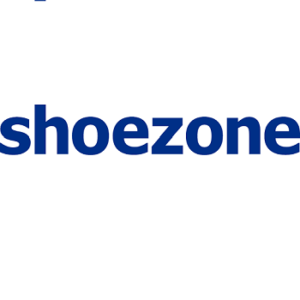The highly anticipated meeting between US President Trump and China’s President Xi Jinping at the G20 summit in Osaka came and went – with somewhat of a damp squib outcome compared to some sky-high expectations of an end to the ongoing trade war. Yet the mere intention to re-engage in trade negotiations and not engage in further proliferation of trade hostilities appeared enough to push many equity markets around the world to new historical highs.
We would however caution against such rash conclusions. We deem it highly probable that stock markets had already priced in a resolution of the trade conflict before the autumn and simply saw this view confirmed. On the other hand, what is and has been driving risk asset valuations higher since the beginning of the year is the prospect of central banks restarting monetary easing through rate cuts and further QE (quantitative easing) as global economic activity levels have slowed markedly and companies have struggled to deliver any substantial profit growth.
This stands in stark contrast to 2018 which was characterised by double digit profit growth, but also central banks’ steady rate rises and QT (quantitative tightening) which in the end resulted in the Q4/2018 market correction.

















